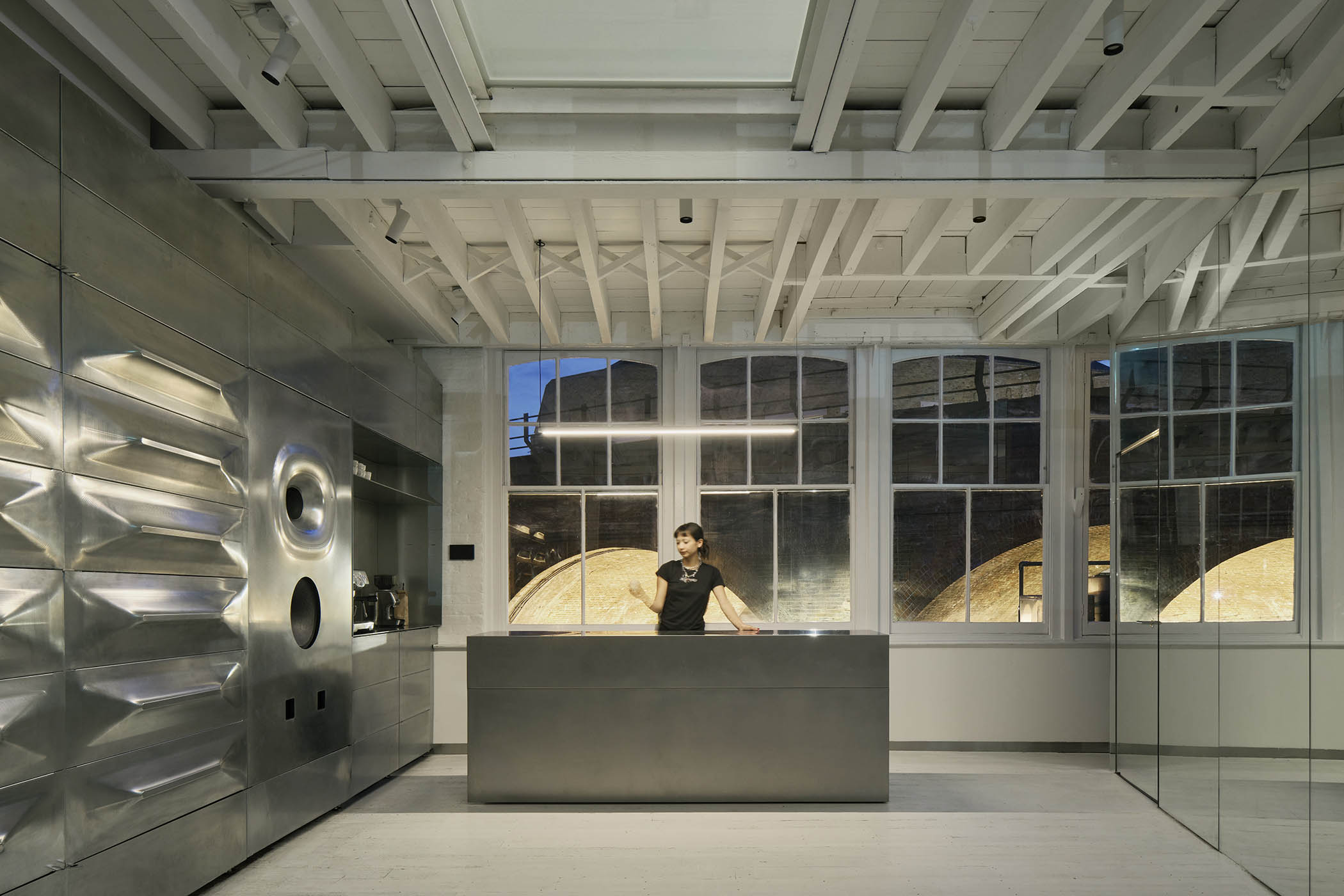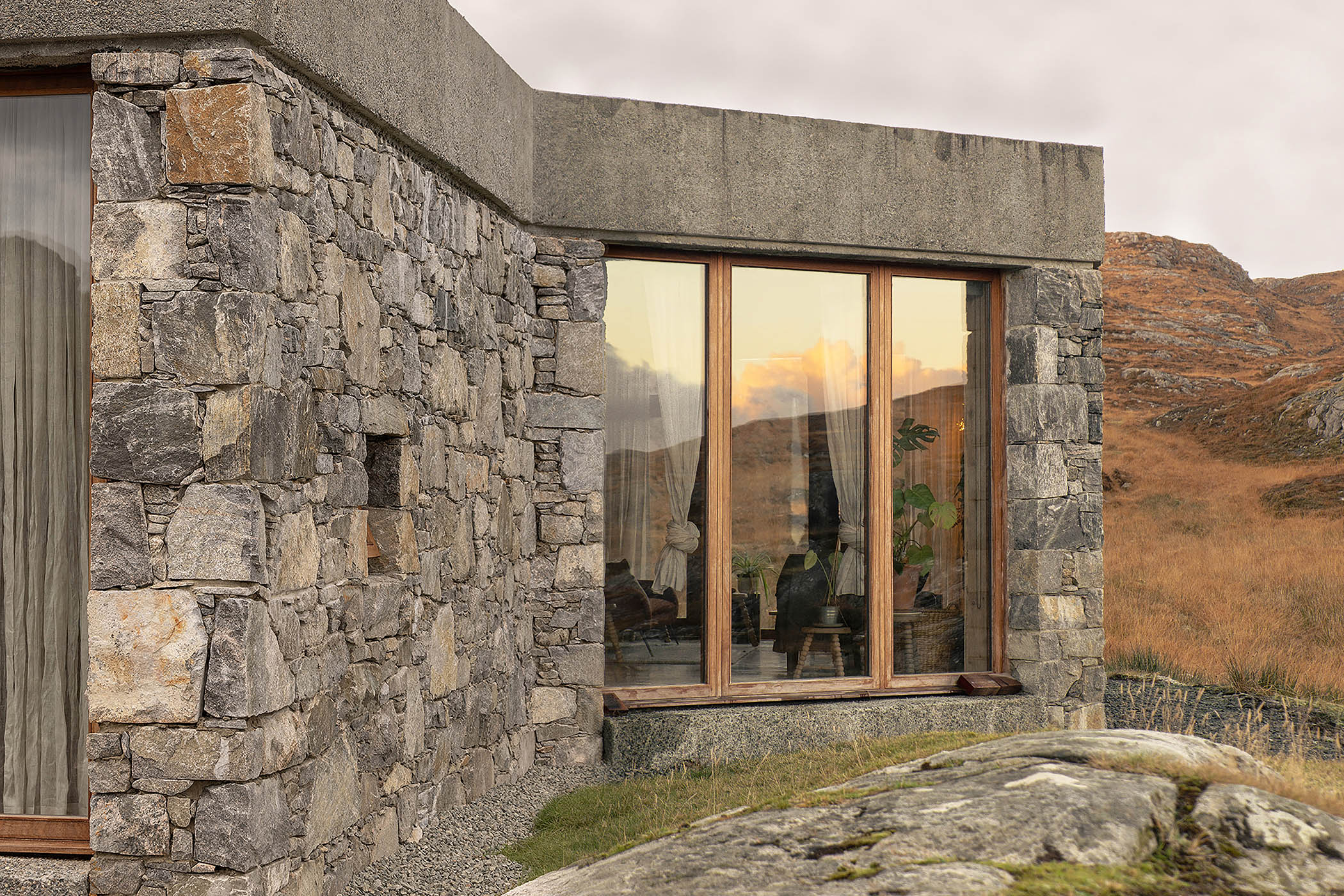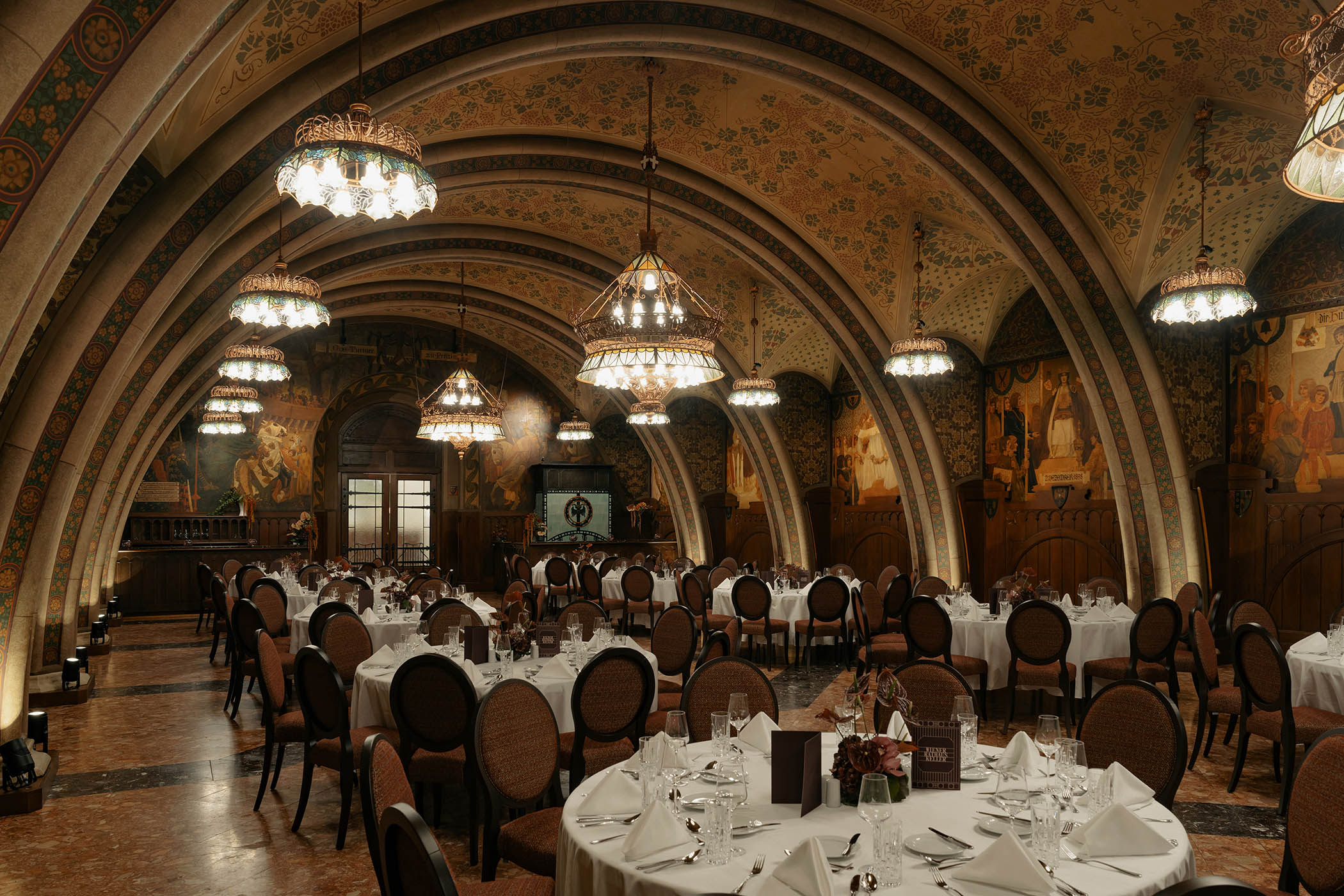You ascend a narrow staircase to face a wall of shimmering metal, punctured and shaped to emit and modulate sound: a piece of audio equipment made into architecture. The view out of the windows is a collage of railway viaducts, passing trains and market roofs, reminiscent of the prismatic paintings of Lyonel Feininger, with the oblong tower of Southwark Cathedral and the angular planes of the Shard thrown in. Reflective planes, set obliquely to each other, fold these surroundings into the interior, which follows the scalene geometry of the Victorian storehouse in which it is set. Nick Drake’s Pink Moon is playing, part of the “downtempo, soft” playlist created to play here in the mornings.
This is Salt Salon, billed as “London’s first sonic hair salon”. Which, in case you were wondering, is a place where “sound is embedded in every detail”, where the mood of the music evolves during the course of the day and which can be used for events in the evenings.
It is the creation of John Paul Scott, a man who, after being expelled from school at15 and sacked from two of his first jobs, found his way into a career in hairdressing, fashion and music. He worked for leading London salons and on shoots for brands such as Prada and Dior, while also running club nights with his friends, before setting up his own business, the first Salt Salon, in Dalston, east London.
His latest, more ambitious venture is on the edge of Borough Market, the historic fruit and vegetable market that is now an upmarket foodies’ paradise. The idea is not only to offer clients exceptional hairdressing, but also a musical environment that goes beyond the usual limited playlists which, as Scott says from experience, are, quite apart from their effect on clients, wearing on the staff who have to listen to them all day.
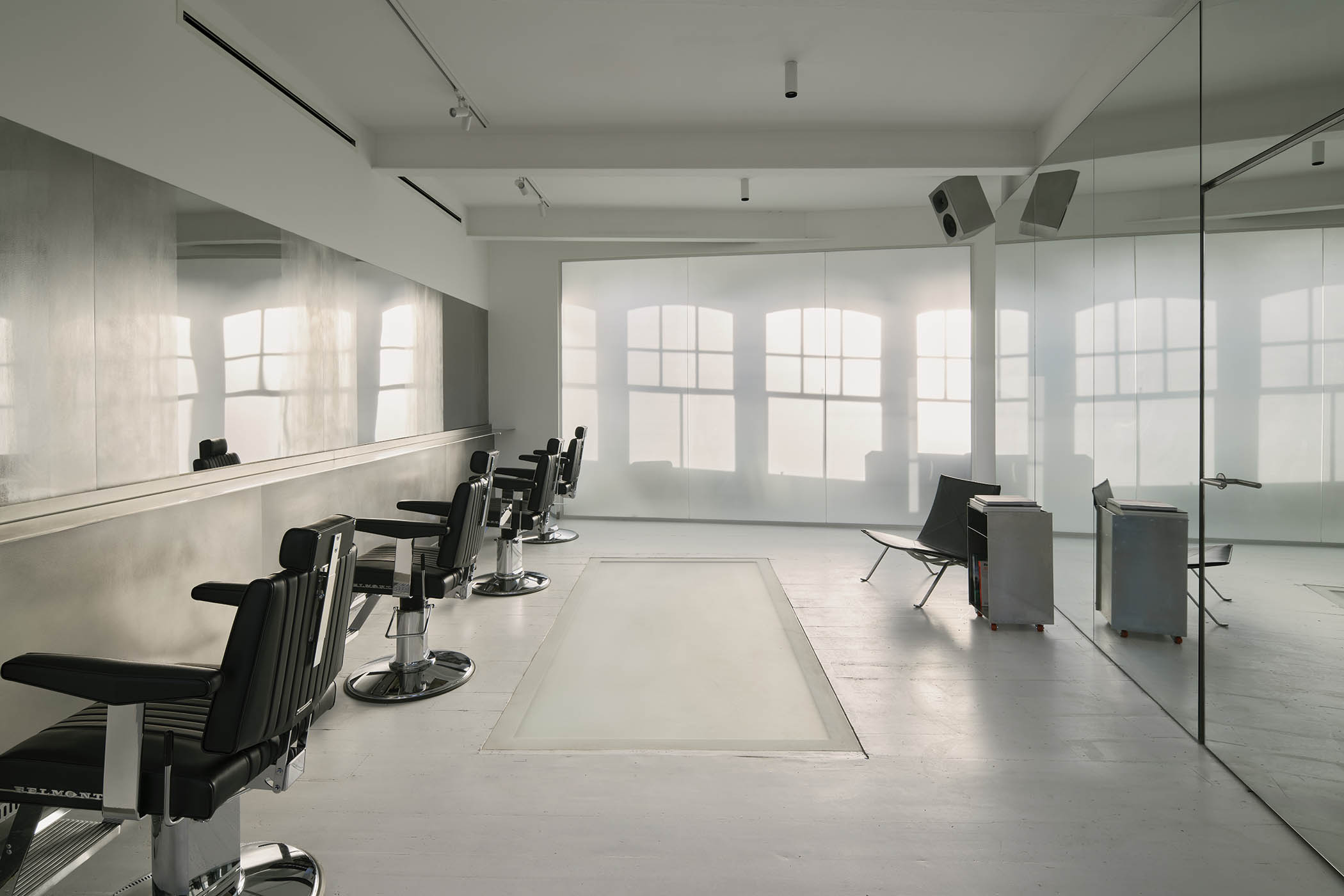
The cutting floor at Salt Salon. Main image: the listening room, with speakers built into the steel structure on the left
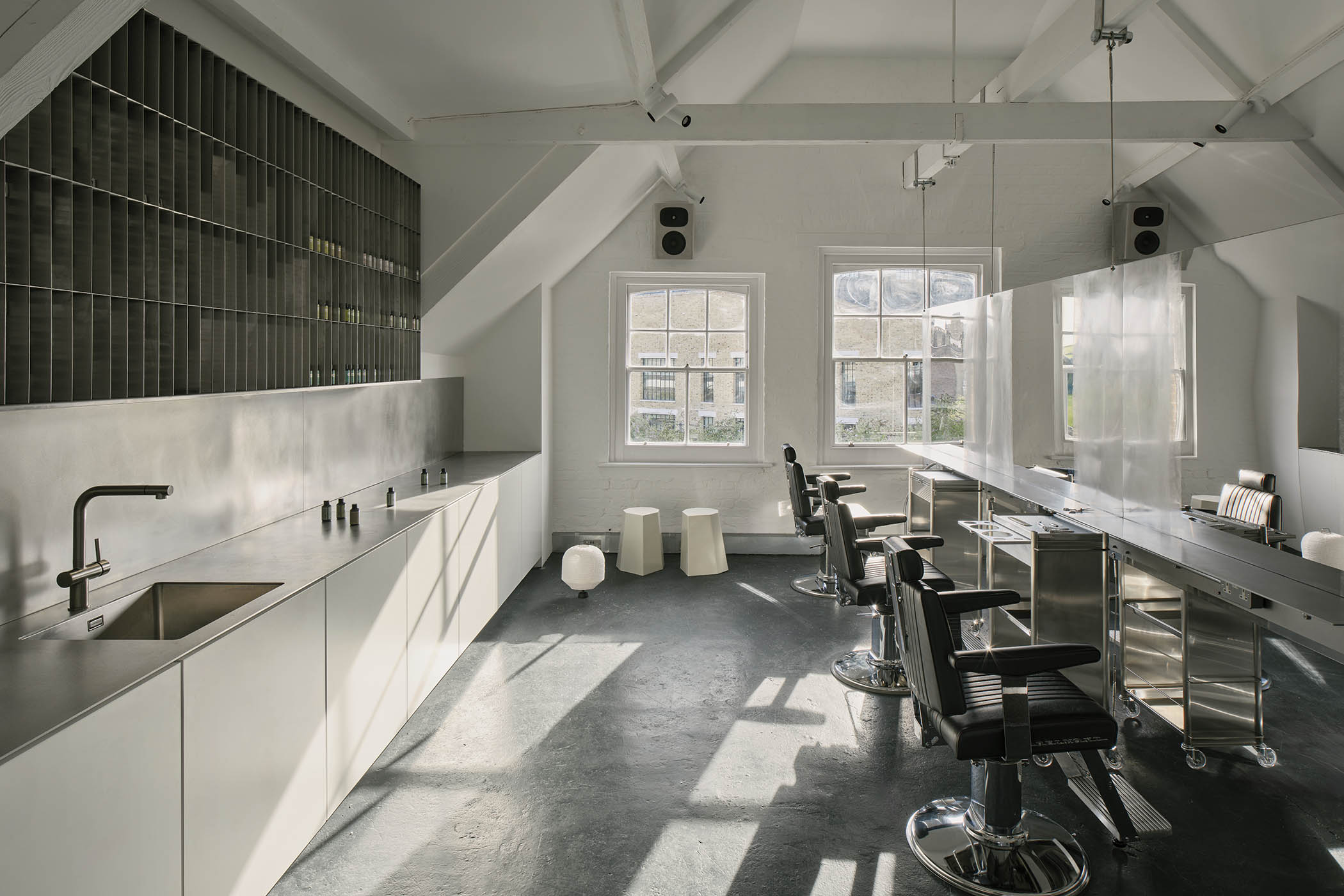
The colour floor at Salt Salon where a half-tonne sculptural mirror workstation hangs from the timber rafters of the old building
Its architects are Unknown Works, who Scott met when they worked in the same building in Dalston. They are a practice who like to go with singular ideas, and push them with some persistence, such as a bright yellow house extension made almost entirely of chunky cross-laminated timber. Their fish and chip shop in Chengdu, China, is a white box with unfolding walls, where 3-D scanning copied the details of a British chippie with eerie precision. They designed the Armadillo, an outdoor music stage in overlapping panels of engineered eucalyptus created for the Houghton music and arts festival in Norfolk.
Related articles:
With Salt Salon, they have gone big with metal. The premises are arranged over three floors, starting with the first floor “listening room” that features the audio equipment wall. Here speakers of impressive size, created by the sound system designers Friendly Pressure, have been built into a structure made out of steel storage shelves salvaged from Blythe House, the west London storage facility used by the Victoria and Albert Museum, Science Museum and British Museum until it moved to more impressive premises elsewhere. Roboforming – which is a kind of digitally directed metal-bashing – has pushed pneumatic-looking projections out of the flat panels, and made concentric ripples around the speakers, all for acoustic effect.
The overall effect is of an artisanal spaceship, the bespoke metalwork alternating with rough timbers
On the next level up is the “cutting floor”, where a room-length sheet of stainless steel makes a mirror for four chairs. It’s polished where the client looks ahead, and buffed and mottled to the sides, to stop you looking too intently and distractingly into your neighbour’s face.
On the top is the “colour floor”, where a half-tonne sculptural mirror workstation hangs from the timber rafters of the old building. The overall effect is of an artisanal spaceship, with the bespoke and occasionally wonky metalwork alternating with the rough white-painted brick and timbers of the original building. Mirrors, metal and windows dissolve the boundaries between inside and out.
The metal comes close to being too much, hard both acoustically and to the touch. (Some softening elements are still to come, including recycled foam seating currently on a slow ship from China.) The scratches and smudges on its surfaces have yet to become patina. There’s a contained force to a material made with intense heat that pushes against the serenity you want in a hair salon. Yet, in the end, the spaces and sounds, together with the futuristic aura of the architecture, lift you out of the everyday, and create some intimacy amid the rumbling and dishevelled outside world, with which you nonetheless feel connected.
An important question remains: is a “sonic salon” different from a hairdressers’ with some speakers and a playlist? The answer is yes, but not categorically so. Salt Salon is not a radically new place to get your hair done, but neither is it exactly like any you’ve ever seen before.
Photographs by Henry Woide
